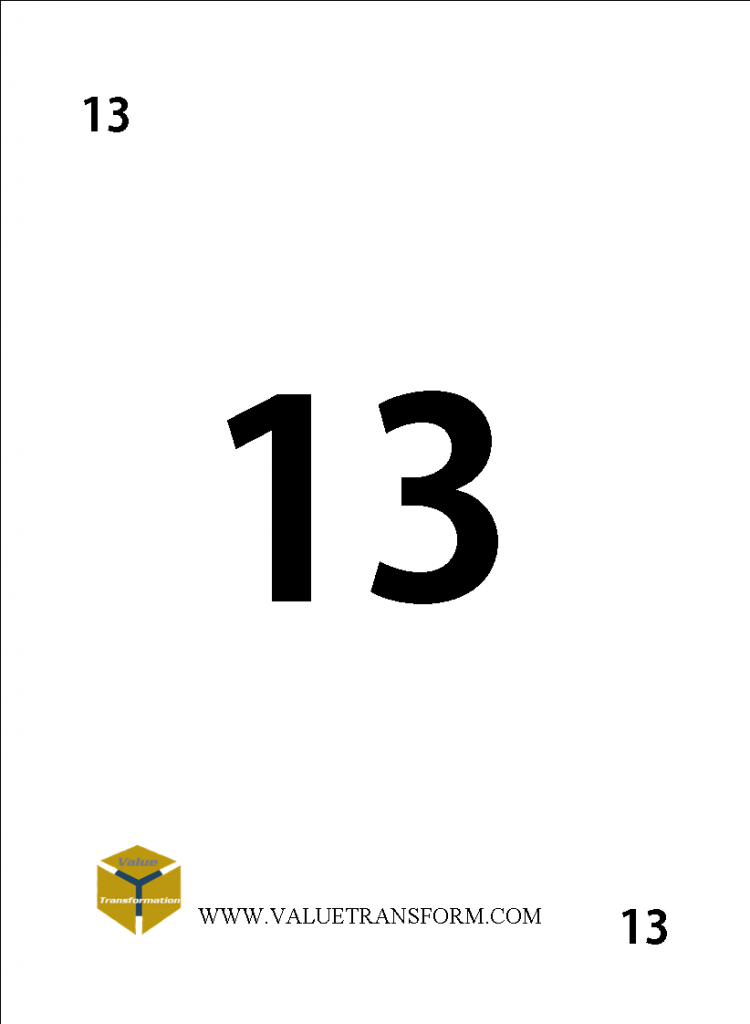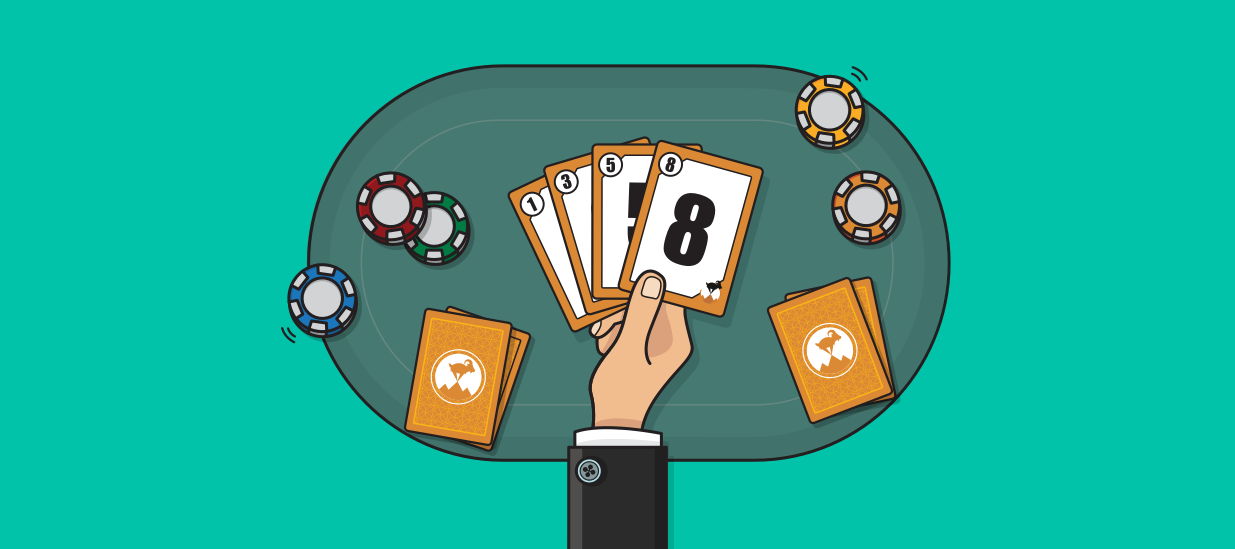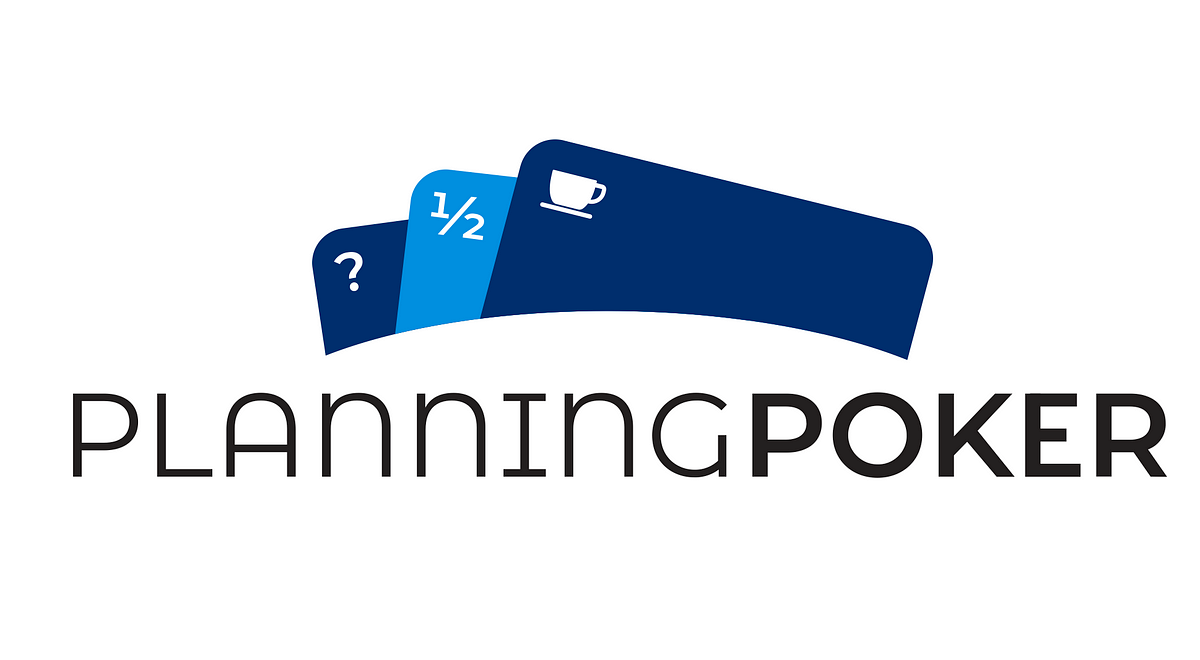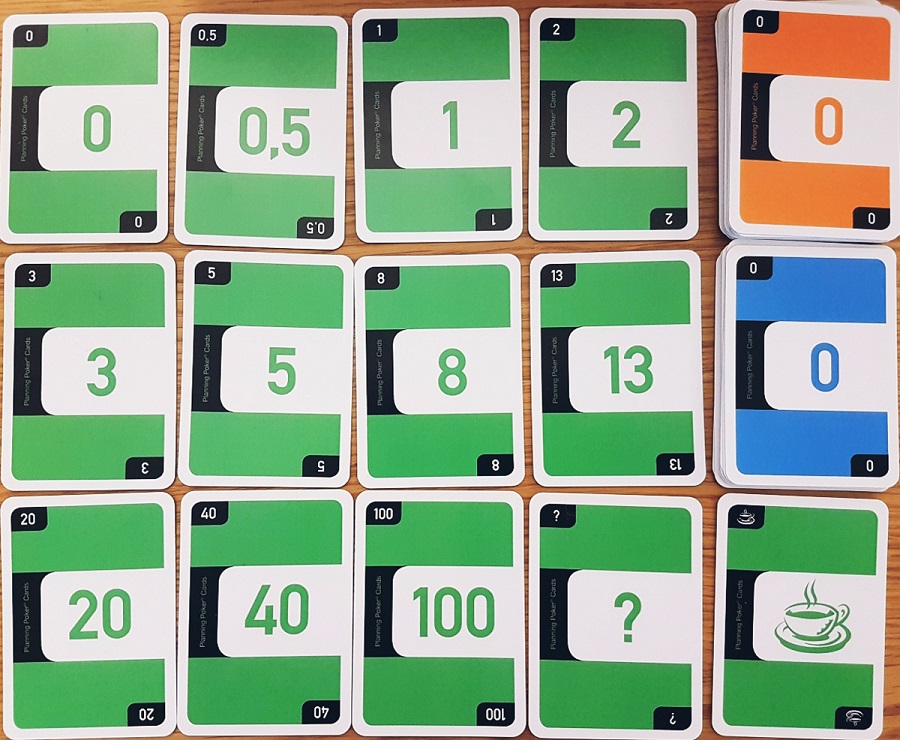Planning Poker Via Skype
There is no way a poker room knows what you are talking about on skype. But it is not allowed. Since there is no way anyone can really find out, then it more a question of your own morals, and how. Is there a planning poker (Scrum Planning Poker) or similar app extension in Microsoft Teams.
What is Planning Poker?
Planning Poker is an agile estimating and planning technique that is consensus based. To start a poker planning session, the product owner or customer reads an agile user story or describes a feature to the estimators.
Each estimator is holding a deck of Planning Poker cards with values like 0, 1, 2, 3, 5, 8, 13, 20, 40 and 100, which is the sequence we recommend. The values represent the number of story points, ideal days, or other units in which the team estimates.
The estimators discuss the feature, asking questions of the product owner as needed. When the feature has been fully discussed, each estimator privately selects one card to represent his or her estimate. All cards are then revealed at the same time.
If all estimators selected the same value, that becomes the estimate. If not, the estimators discuss their estimates. The high and low estimators should especially share their reasons. After further discussion, each estimator reselects an estimate card, and all cards are again revealed at the same time.

The poker planning process is repeated until consensus is achieved or until the estimators decide that agile estimating and planning of a particular item needs to be deferred until additional information can be acquired.
When should we engage in Planning Poker?
Most teams will hold a Planning Poker session shortly after an initial product backlog is written. This session (which may be spread over multiple days) is used to create initial estimates useful in scoping or sizing the project.
Because product backlog items (usually in the form of user stories) will continue to be added throughout the project, most teams will find it helpful to conduct subsequent agile estimating and planning sessions once per iteration. Usually this is done a few days before the end of the iteration and immediately following a daily standup, since the whole team is together at that time anyway.
How does poker planning work with a distributed team?
Simple: go to PlanningPoker.com. Mountain Goat Software helped develop that website to offer it as a free resource to the agile community. A product owner, ScrumMaster or agile coach can log in and preload a set of items to be estimated. A private URL can then be shared with estimators who log in and join a conference call or Skype session. Agile estimating and planning then proceeds as it would in person.
Planning Poker Via Skype Software
Does Planning Poker work?
Absolutely. Teams estimating with Planning Poker consistently report that they arrive at more accurate estimates than with any technique they'd used before.
One reason Planning Poker leads to better estimates is because it brings together multiple expert opinions. Because these experts form a cross-functional team from all disciplines on a software project, they are better suited to the estimation task than anyone else.
After completing a thorough review of the literature on software estimation, Magne Jørgensen, Ph.D., of the Simula Research Lab concluded that “the people most competent in solving the task should estimate it.”
Second, a lively dialogue ensues during poker planning, and estimators are called upon by their peers to justify their estimates. Researchers have found that this improves estimate accuracy, especially on items with a lot of uncertainty as we find on most software projects.
Further, being asked to justify estimates has also been shown to result in estimates that better compensate for missing information. This is important on an agile project because the user stories being estimated are often intentionally vague.
Additionally, studies have shown that averaging individual estimates during agile estimating and planning leads to better results as do group discussions of estimates.
How can I get Planning Poker cards?
Planning Poker cards are available in the Mountain Goat Software store. Mountain Goat Software's branded Planning Poker cards are sold at cost as a courtesy to the agile community.
Our full-color cards are the absolute highest-quality cards available anywhere. They are manufactured by the same company that prints many of the world's most popular playing card brands, including Bicycle, Bee, and the World Poker Tour.
We also offer royalty-free licenses to organizations that wish to produce their own cards. The license is available here: https://www.mountaingoatsoftware.com/agile/planning-poker/license
Planning Poker Via Skype Download
Recommended Resources Related To Planning Poker
- How Can We Get the Best Estimates of Story Size?
- The Best Way to Establish a Baseline When Playing Planning Poker
- Don’t Average During Planning Poker
- Agile Estimating

Courses Related To Planning Poker
Scrum Foundations Video Series
All the foundational knowledge of Scrum including: the framework, values, different roles, meetings, backlogs, and improving efficiency & quality.
Effective estimation is one of the toughest challenges software developers face in their jobs. Regardless of team size, they need to define, estimate, and distribute work throughout a team. As teams get larger, it becomes even more important to build good habits around planning and estimating work. Lack of planning and estimating reduce confidence in a program, breaks down relationships between the team and the business, and makes development harder on everyone.
Best Scrum Software Every Project Needs
A powerful scrum software that supports scrum project management. It features scrum tools like user story map, product backlog management, sprint backlog management, task management, daily scrum meeting, sprint planning tool, sprint review tool, sprint retrospective tool, burndown, impediment, stakeholder and team management.
The Accuracy of Group vs. Individual Estimation

According to some study on the accuracy of estimation of effort between individual and group in an experiment for a software project. 20 software professionals from the same company individually estimated the work effort required to implement the same software development project. The participants had different background and roles and the software project had previously been implemented. After that, they formed five groups. Each group agreed on one estimation by discussing and combining of the knowledge among them.
Result – The estimates based on group discussions were more accurate than the individual estimates.
What is Planning Poker?
Planning poker (also known as Scrum poker) is a consensus-based, gamified technique for estimating, mostly used to estimate effort or relative size of development goals in software development.


Steps for Planning Poker
- To start a poker planning session, the product owner or customer reads an agile user story or describes a feature to the estimators.
For example:
“Customer logs in to the reservation system”
“Customer enters search criteria for a hotel reservation” - Team members of the group make estimates by playing numbered cards face-down to the table without revealing their estimate (Fibonacci values: 1,2,3,5,8,13,20,40)
- Cards are simultaneously displayed
- The estimates are then discussed and high and low estimates are explained
- Repeat as needed until estimates converge
Planning Poker Via Skype App
By hiding the figures in this way, the group can avoid the cognitive bias of anchoring, where the first number spoken aloud sets a precedent for subsequent estimates.
Agile Estimation – Relative vs Absolute
An estimate is nothing more than a well educated guess. We use all the knowledge and experience at hand to make a guess about the amount of time it is going to take. So instead of looking at every new work item separately, why not compare it to previously finished work items? It’s easier for humans to relate to similar items than to guess the actual size of things anyway.
For example, is it closer to this really small thing? Or is it more like this normal sized item? Or is it really huge like that one piece of work we finished last month? Doing relative estimates will not only reduce the amount of time spent on estimating work, it will also heavily increase the accuracy of the estimates.
Our brain is not capable of doing absolute estimates; we always put that new thing that we need to estimate in relationship to things we already know.
Fibonacci sequence and Planning Poker
Planning Poker uses of the Fibonacci sequence to assign a point value to a feature or user story. The Fibonacci sequence is a mathematical series of numbers that was introduced in the 13th century and used to explain certain formative aspects of nature, such as the branching of trees. The series is generated by adding the two previous numbers together to get the next value in the sequence: 0, 1, 1, 2, 3, 5, 8, 13, 21, and so on.
For agile estimation purposes, some of the numbers have been changed, resulting in the following series: 1, 2, 3, 5, 8, 13, 20, 40, 100 as shown in the Figure below:
The Interpretation of the point assigned to a poker card is listed in the table below:
| Card(s) | Interpretation |
|---|---|
| 0 | Task is already completed. |
| 1/2 | The task is tiny. |
| 1, 2, 3 | These are used for small tasks. |
| 5, 8, 13 | These are used for medium sized tasks. |
| 20, 40 | These are used for large tasks. |
| 100 | These are used for very large tasks. |
| <infinity> | The task is huge. |
| ? | No idea how long it takes to complete this task. |
| <cup of coffee> | I am hungry 🙂 |
Point vs Hour Value in Estimation
So why use story points instead of time values? Story pointing allows the team to focus on the complexity and time involved in delivering a piece of work. The team compares the new work against work they’ve already done. They compare the complexity of the new assignment against past challenges and rank the difficulty as well as the time required.
Planning Poker Via Skype Chat
For example, we don’t often account for “the cost of doing business.” Meetings, email, code reviews, etc. with time values. But in reality, all these are necessary practices throughout in our daily life, but don’t actually count as “work.” Story points isolate the software development work from the associated logistic work items, so estimates using point based should more consistent than hour base approach.
| About Visual Paradigm |
| Visual Paradigm help organizations stay competitive and responsive to change faster and better in today’s fast changing environment. Our award-winning products are trusted by over 320,000 users in companies ranging from small business, consultants, to blue chip organizations, universities and government units across the globe. It enables organizations to improve business and IT agility and foster innovation through popular open standards and process frameworks.Visual Paradigm, a killer Agile feature in 2018, introduced Scrum Process Canvas for automating the way a Scrum team to create, manage and deploy software application that empowers the team to continuously improve their performance at unprecedented speed and scale. Manage the Entire Scrum Process in One Page
|